-
News

Monaghan Peace Campus wins Universal Design Award, RIAI Architecture Awards 2025
-
News
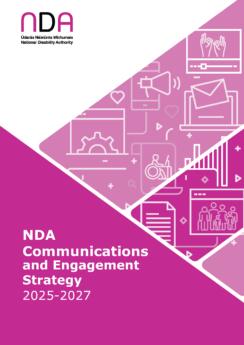
Launch of the National Disability Authority Communications and Engagement Strategy 2025-2027
-
News
NDA Annual Conference takes place Thursday, 16 October 2025. Save the date!
-
News
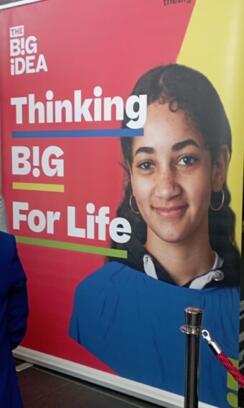
The Big Idea Showcase 2025
Big Idea showcase at Autodesk HQ, 14 May 2025
-
News

The NDA is recruiting, come work with our team!
-
News

Updated NDA Guidance on the role of Access Officers for Public Bodies
-
News
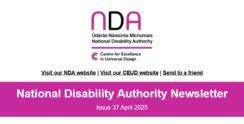
The Spring Edition of the NDA Newsletter is now available to read
-
News
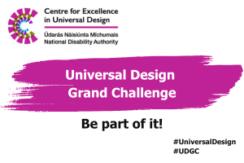
Universal Design Grand Challenge Student Awards is open now!
-
News
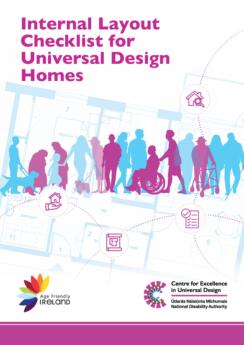
Internal Layout Checklist for Universal Design Homes
